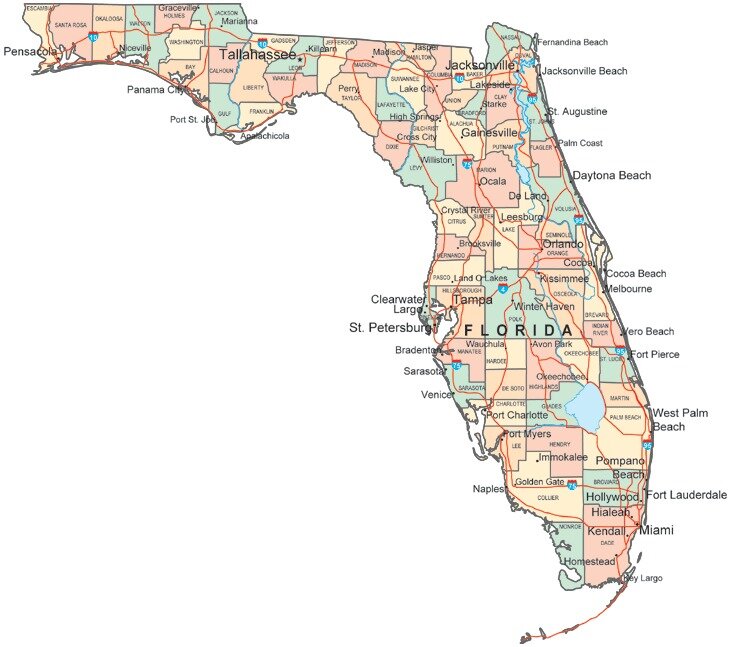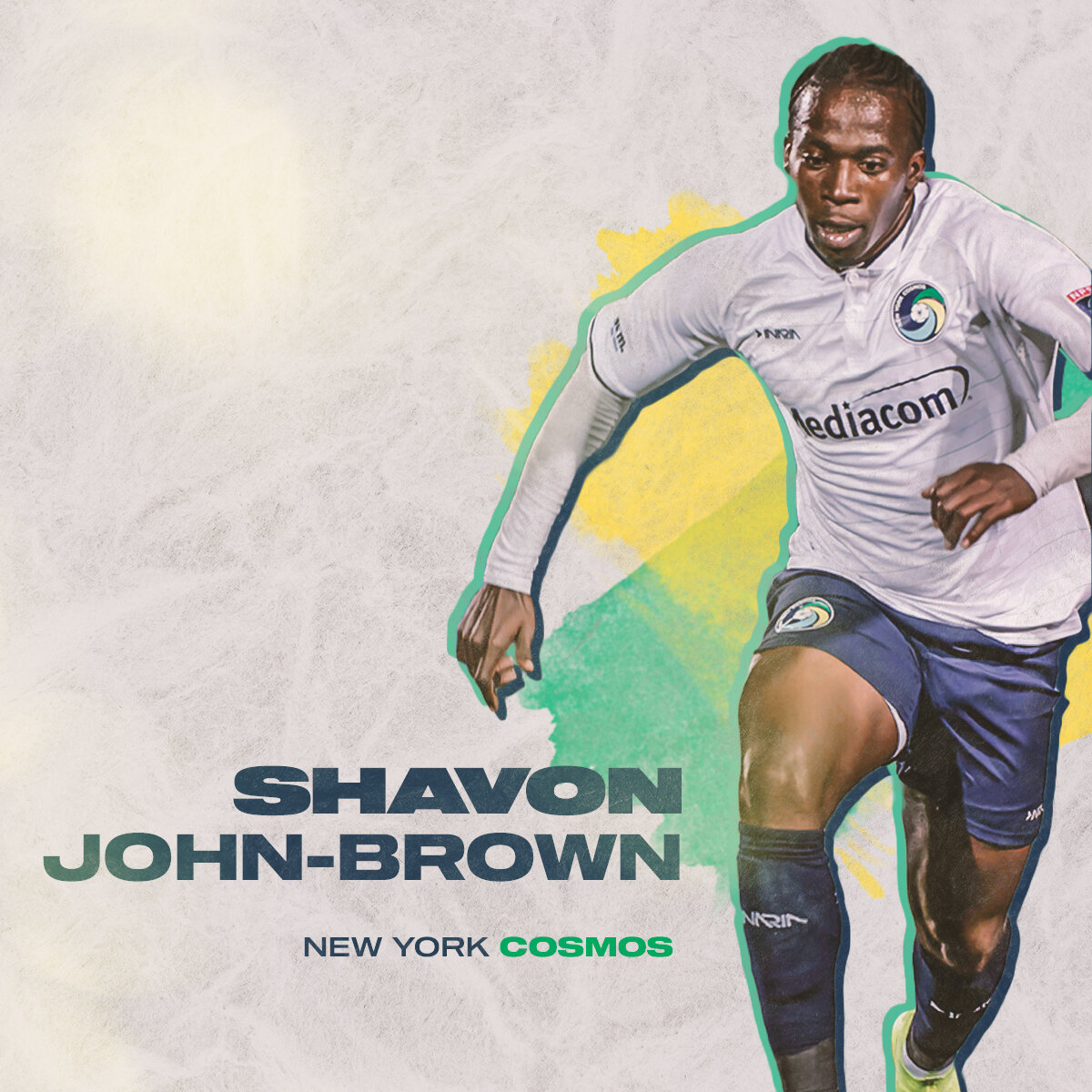February Heat in Laredo
This time of year, most NPSL clubs are just now starting to fire up their social media accounts and check email, let alone focusing on roster building. Fields are thawing out and grass is slowly going green (not everywhere, but you get my point), so things are waking up and soccer along with it. Some clubs are ahead of the rest of the league, with Round 1 of USOC kicking off early next month, but others clubs are pushing ahead with hopes of getting a head start to the 2020 season. Without a USOC berth this year, the Laredo Heat are focused on this year to climb back into the top spot in their conference.
John Powell, Heat head coach
John Powell, the head coach for Heat, has high hopes for his club’s chances this season, due to their early focus on roster building. “The squad is coming together nicely for this time of the year. With over two months before the team will report to Laredo, we have over 75% of the team signed. We will continue with the announcement of our signees throughout the next month. My coaching staff and I have planned, recruited, and been in contact with some of the top collegiate players in Texas, Arizona, and California.” The club announced this week the addition of three more players, winger/forward Ryan Goldsmith, midfielder/forward Daniel Ortiz, and outside/center back Gabriel Claudio.
The three players couldn’t come from more diverse backgrounds and that typifies Laredo’s approach to player recruitment. Claudio, from Yuma, AZ, made it onto the club’s radar due to his strong play for Yavapai College, where in two seasons, he scored 12 goals and notched 6 assists. El Paso native, Daniel Ortiz, made his name in soccer in California, and, as Powell puts it, the club is “thrilled to bring Danny back to Texas.” Ortiz brings with him a host of awards from his years with California State University - San Bernardino. Ryan Goldsmith, originally from Cork, Ireland, also played his college ball in California. For Goldsmith, joining Laredo was just the next step of growing his resume - “They [Laredo Heat] are a team and organization that wants to compete at a tough level and win matches. Being part of that culture and environment will help me reach my goals of becoming a professional soccer player”
When asked about his staff’s approach to player recruitment and retainment, Powell explained their methods. “My coaching staff and I began by watching as many Division I, II, III, and NAIA matches as well as some of the top Junior Colleges in the country from the beginning of August. From there, we built out our ‘wish list’ of players and began making contacts. After the initial contacts, we just continued to grind and show our players that we, as a staff and organization, are willing to outwork others in order to be successful. We then, in turn, ask our players to do the same when they pull that Laredo Heat shirt on this summer. After building a relationship with these players, a common theme in their decision to come to Laredo has been because they feel that the organization is truly invested in them and will help them move their game to the next level.”
Goldsmith playing for CSU-Bakersfield. (Image courtesy of Mark Nessia Photography)
Building a roster that can compete in the Lone Star Division is just the first step to climb back to the top of the standings. After an incredible undefeated debut regular season in 2018 (and a USOC bid), Laredo hit a sophomore slump in 2019, finishing fifth in the division. Powell chalks up that finish to an overall improvement in the talent level throughout the Lone Star Division. “Last year was a big wake up call as almost every team in our conference was made up of some outstanding players and coaching staffs. The overall level of play in our conference from 2018 to 2019 was, without a doubt, much higher. This has forced us to examine many of our processes, mainly our approach in regards to recruitment. This was a major factor that led to our early identification process this Fall.”
If the early bird gets the worm, maybe the early club gets the talent. Laredo is testing that in 2020 and the results should show in the final standings.
- Dan Vaughn





























